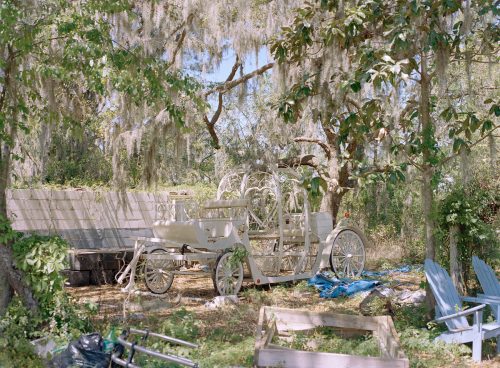8. The Narwhal: Plovers quarrel: a tiny, endangered bird returns to Sauble Beach to find sunbathers dug into the sand
Growing up in Michigan, I became an avid lover of freshwater beaches, the Great Lakes, and their ecosystems. My favorite beaches often require driving down dirt roads, followed by hikes up and down sand dunes or through forests to reach the shore. The beaches I go to aren’t manicured and have restricted areas to protect piping plovers amongst other shorebirds.
There were once an estimated 800 pairs of breeding plovers around the Great Lakes, “but by the 1960s, piping plover populations were quickly vanishing from [the region].” In 2007, a pair of the “critically endangered shorebird… magically returned to Ontario after a 30-year absence.”
Since then, birders such as Don Kennedy have protected and tracked the plover’s comeback in Sauble Beach. Known for its sandy Lake Huron shoreline, every summer Sauble Beach attracts “cottage goers, bird watchers, vacationers hopping between small towns. Every summer, they set up camp, feeding a local tourism industry that sustains the town for the year.” With the increase in tourism “over the past six years, the Town of South Bruce Peninsula has been raking and bulldozing the beach to make it look ‘clean’ to tourists and developers.” In an attempt to protect the birds, “the provincial Ministry of Natural Resources and Forestry fined the town for violating the Endangered Species Act by destroying sensitive dune systems and plover habitat.”
The town has taken this issue to court, and it has turned into a lengthy legal battle “that could have implications around the world about what it means to ‘damage’ a habitat.” The suit questions “exactly what a beach should be. Pristine white sand is the preferred backdrop for sunbathing, picnics, sandcastles and snorkeling, while driftwood, uneven sand, plants, rocks and shells are best for nesting, feeding and survival. It all comes down to who the beach is meant for: humans, plovers — or maybe both?”






